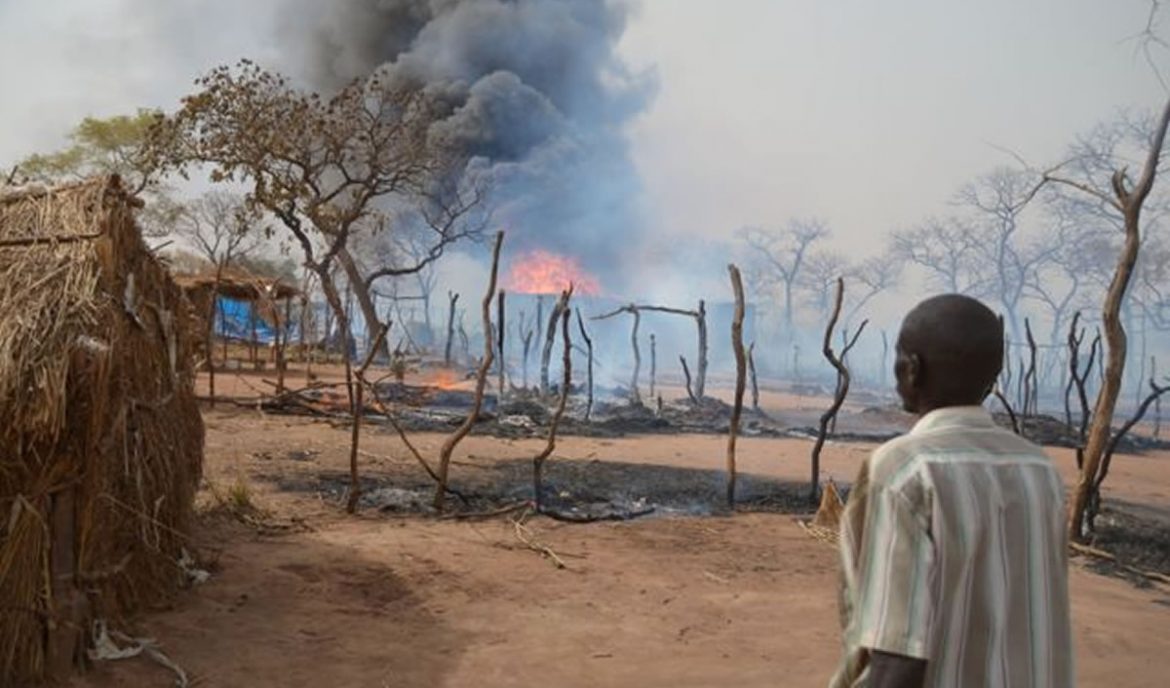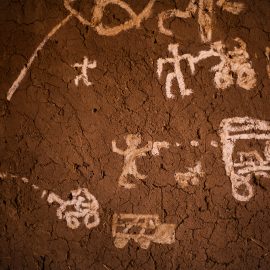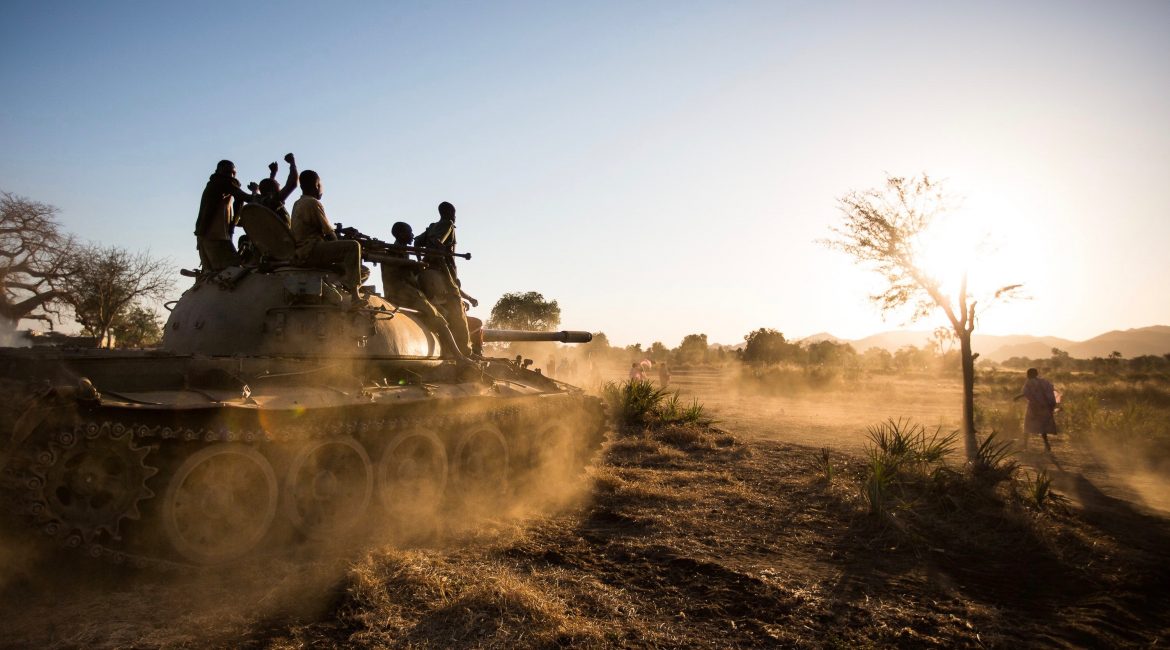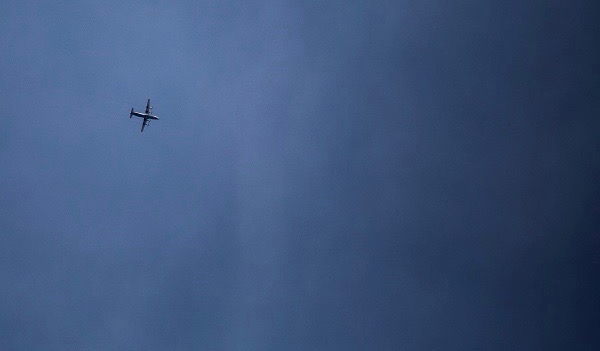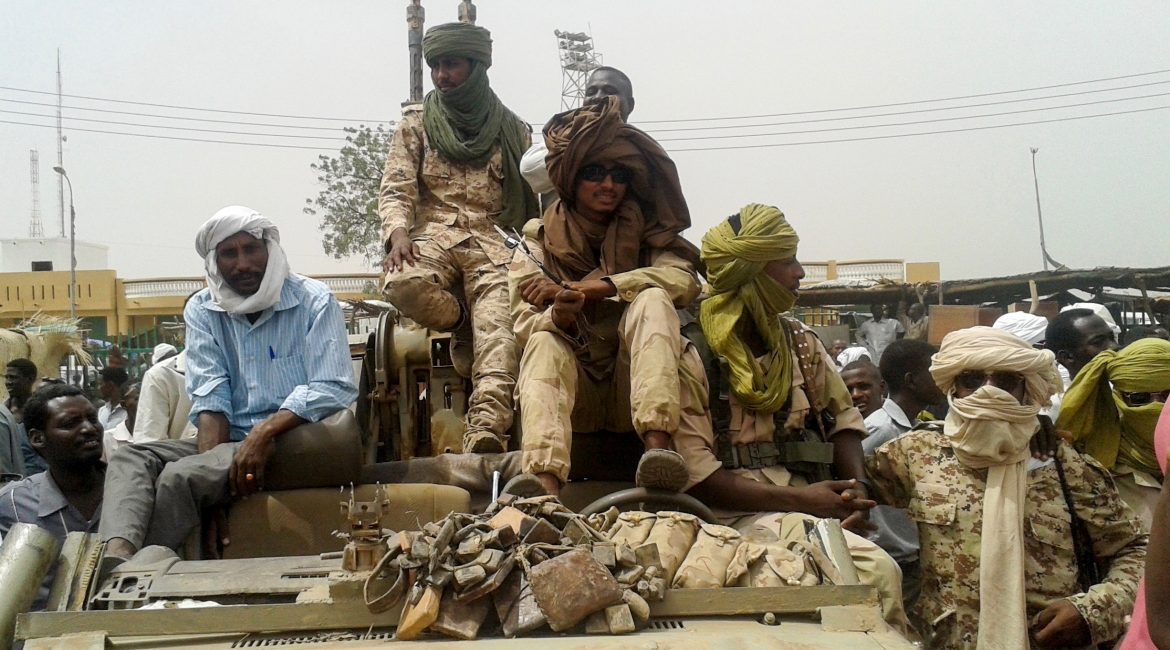At least 80 homes were destroyed in South Sudan’s Yida Refugee Camp, after a fire erupted in a southern neighborhood.
The fire broke out on February 26 around 6pm in the evening. The blaze destroyed an area occupied primarily by members of the Daldoka community, just south of the area’s airstrip and the World Food Program food storage halls. Nobody was injured in the incident.
Several aid workers in the Yida camp described hearing a loud blast just before the fire broke out, prompting fears that an Antonov had dropped bombs on the camp. In November of 2011, several bombs fell in the camp, hitting several areas – including a school.
Upon further investigation, Daldoka community leaders said the fire was started by an explosion of several barrels of petrol. According to Yida Camp’s Daldoka Elder Hassan Ahmed, the fire was an accident. “Children were playing around a cooking fire and the fire started to burn a nearby house” where the fuel was stored, he explained.
Fires are more common in South Kordofan and areas along the border during the dry season. Typical Nuban houses consist of stone walls and grass roofs. Yida residents often build more temporary structures in the Yida camp – with wooden frames and grass walls – making them even more susceptible to fire.
According to the United Nations refugee agency – UNHCR – more than 65,000 people are currently living in the camp.

